Home>Gardening & Outdoor>Landscaping Ideas>What Kind Of Fertilizer For St. Augustine Grass
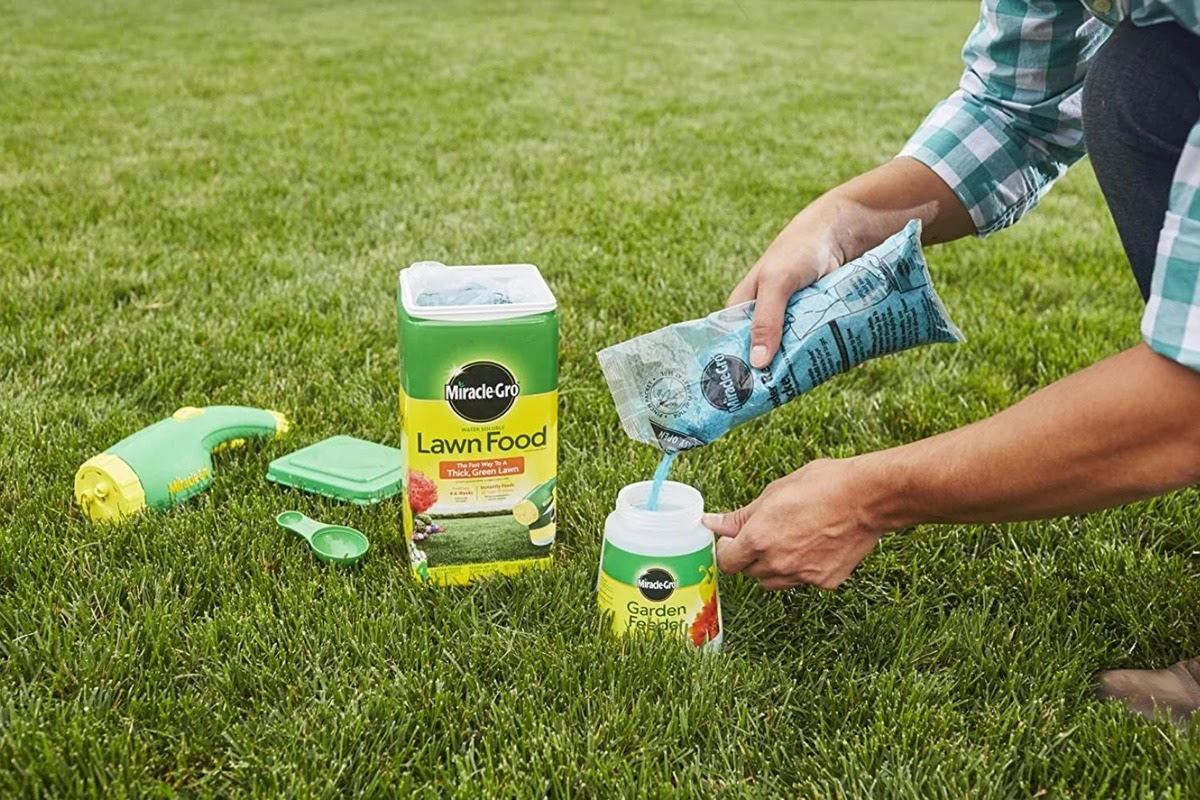

Landscaping Ideas
What Kind Of Fertilizer For St. Augustine Grass
Modified: February 18, 2024
Discover the best fertilizer for St. Augustine grass and enhance your landscaping with expert tips and ideas. Find the ideal solution for your lawn today!
(Many of the links in this article redirect to a specific reviewed product. Your purchase of these products through affiliate links helps to generate commission for Storables.com, at no extra cost. Learn more)
Introduction
So, you've got a beautiful St. Augustine grass lawn, and you want to keep it lush and healthy. One of the key factors in maintaining a vibrant lawn is providing it with the right nutrients, and fertilizer plays a crucial role in this process. However, choosing the right fertilizer for St. Augustine grass can be a bit of a puzzle.
In this comprehensive guide, we'll explore the ins and outs of fertilizing St. Augustine grass, including the specific nutrient requirements of this popular warm-season grass variety. We'll delve into the different types of fertilizer that are best suited for St. Augustine grass, and we'll provide you with expert tips on how to optimize the fertilization process to ensure your lawn remains the envy of the neighborhood.
Whether you're a seasoned lawn care enthusiast or a novice homeowner looking to elevate your lawn care game, this article will equip you with the knowledge and insights you need to make informed decisions about fertilizing your St. Augustine grass. Let's dive in and unlock the secrets to a thriving, verdant lawn that will be the pride and joy of your outdoor space.
Key Takeaways:
- Choose slow-release granular fertilizers for St. Augustine grass to provide sustained nourishment without the risk of excessive top growth, ensuring a vibrant and healthy lawn.
- Conduct soil tests, adhere to optimal timing, and integrate environmental mindfulness into your fertilization regimen to cultivate a resilient, thriving St. Augustine lawn that enhances your outdoor space.
Read more: What Kind Of Grass Is St. Augustine
Understanding St. Augustine Grass
Before we delve into the nuances of fertilizing St. Augustine grass, it’s essential to develop a foundational understanding of this popular warm-season turfgrass. St. Augustine grass (Stenotaphrum secundatum) is widely cherished for its lush, dense growth and vibrant green hue, making it a sought-after choice for lawns in warm, coastal regions. This grass variety flourishes in subtropical and tropical climates, thriving in areas with mild winters and hot, humid summers.
St. Augustine grass is characterized by its broad, flat blades and robust, creeping stolons that enable it to spread and form a dense, carpet-like lawn. Its excellent tolerance to salt spray and moderate shade further enhances its appeal for coastal landscapes. This grass variety is also known for its rapid growth during the warm season, providing homeowners with a relatively fast-establishing lawn cover.
However, despite its many admirable qualities, St. Augustine grass does have specific requirements to maintain its health and vitality. Understanding these requirements is crucial for effective lawn care, and proper fertilization plays a pivotal role in meeting the grass’s nutritional needs.
St. Augustine grass thrives in slightly acidic to neutral soil with a pH range of 5.0 to 7.5. It exhibits a high nitrogen requirement and benefits from regular feeding to support its vigorous growth and vibrant green color. Additionally, this grass variety is sensitive to certain herbicides and fertilizers, necessitating a cautious approach when selecting products for its maintenance.
By gaining a deeper comprehension of the unique characteristics and needs of St. Augustine grass, you’ll be better equipped to tailor your lawn care practices to ensure the continued health and beauty of your turf. With this knowledge as our foundation, let’s explore the specific nutrient requirements of St. Augustine grass and the best strategies for meeting them through targeted fertilization.
Nutrient Requirements of St. Augustine Grass
Properly nourishing St. Augustine grass involves understanding its specific nutrient needs. Nitrogen, phosphorus, and potassium are the primary macronutrients essential for the healthy growth and development of this warm-season grass variety.
Nitrogen: St. Augustine grass has a high demand for nitrogen, which is crucial for promoting vigorous leaf and stem growth. Nitrogen deficiency can manifest as pale green or yellowish grass, indicating the need for supplemental nitrogen to restore the lush, vibrant color characteristic of healthy St. Augustine lawns. However, excessive nitrogen application can lead to thatch buildup and increased susceptibility to certain diseases, emphasizing the importance of balanced fertilization.
Phosphorus: This nutrient plays a vital role in root development and overall plant vigor. Adequate phosphorus levels are essential for establishing a robust root system in St. Augustine grass, enabling it to efficiently absorb water and nutrients from the soil. While phosphorus deficiencies are less common in established lawns, newly sodded or seeded areas may benefit from phosphorus-rich fertilizers to support root establishment and early growth.
Potassium: Also known as potash, potassium contributes to St. Augustine grass’s tolerance to environmental stresses, such as drought and disease. It aids in water regulation within the plant and enhances its resilience to adverse conditions, promoting overall health and vitality. Potassium-deficient lawns may exhibit increased susceptibility to drought stress and disease, highlighting the significance of maintaining adequate potassium levels through targeted fertilization.
In addition to these primary macronutrients, St. Augustine grass benefits from micronutrients, including iron, magnesium, and manganese, which play essential roles in various physiological processes within the plant. Iron, in particular, is crucial for preventing the development of iron chlorosis, a condition characterized by yellowing of the grass due to iron deficiency.
Understanding the specific nutrient requirements of St. Augustine grass is fundamental to formulating an effective fertilization regimen that addresses the grass’s distinct needs. By selecting fertilizers tailored to meet these requirements, you can promote the health, resilience, and aesthetic appeal of your St. Augustine lawn. Now, let’s explore the types of fertilizer best suited for nourishing this beloved warm-season grass variety.
Use a fertilizer with a 4-1-2 ratio (nitrogen-phosphorus-potassium) for St. Augustine grass. Apply in early spring and late summer, and water well after application.
Types of Fertilizer for St. Augustine Grass
Choosing the right fertilizer is crucial for nurturing the health and vibrancy of St. Augustine grass. When selecting a fertilizer for this warm-season turfgrass, it’s essential to consider the nutrient content, release mechanism, and potential impact on the environment. Here are the primary types of fertilizers commonly used to nourish St. Augustine grass:
- Granular Fertilizers: Granular fertilizers are available in both quick-release and slow-release formulations. Quick-release granular fertilizers provide an immediate nutrient boost to the grass, but they necessitate more frequent applications to sustain the lawn’s nutritional needs. On the other hand, slow-release granular fertilizers deliver nutrients gradually over an extended period, promoting consistent growth and reducing the frequency of applications. Slow-release formulations are often preferred for St. Augustine grass, as they offer more sustained nourishment without the risk of nutrient leaching or excessive top growth.
- Liquid Fertilizers: Liquid fertilizers are applied as a spray and are readily absorbed by the grass, providing a rapid infusion of nutrients. They are particularly beneficial for addressing specific nutrient deficiencies or for administering targeted treatments. Liquid fertilizers can be an effective option for St. Augustine grass, especially when quick nutrient uptake is desired to support the grass’s growth and color.
- Organic Fertilizers: Organic fertilizers are derived from natural sources and are valued for their environmentally friendly nature. They release nutrients gradually as they decompose, enriching the soil and fostering long-term soil health. Organic fertilizers can be advantageous for St. Augustine grass, contributing to improved soil structure and microbial activity while providing a balanced nutrient supply to support the grass’s growth and resilience.
- Customized Blends: Some fertilizers are specifically formulated for warm-season grasses like St. Augustine and contain a balanced mix of macronutrients and micronutrients tailored to the grass’s unique requirements. These specialized blends are designed to address the distinct needs of St. Augustine grass, ensuring comprehensive nourishment and promoting optimal growth and color.
When selecting a fertilizer for St. Augustine grass, it’s important to consider the grass’s specific nutrient requirements and the characteristics of your lawn, such as its age, condition, and environmental factors. Conducting a soil test can provide valuable insights into the existing nutrient levels and guide your fertilizer selection to address any deficiencies effectively.
By understanding the different types of fertilizers available and their suitability for St. Augustine grass, you can make informed choices to promote the health and beauty of your lawn. Now, let’s explore best practices for fertilizing St. Augustine grass to ensure optimal results and long-term vitality.
Best Practices for Fertilizing St. Augustine Grass
Effectively fertilizing St. Augustine grass involves implementing best practices that align with the grass’s specific needs and growth patterns. By adhering to these guidelines, you can optimize the impact of fertilization while minimizing potential risks to the environment and the overall health of your lawn. Here are key best practices for fertilizing St. Augustine grass:
- Soil Testing: Before applying fertilizer, conduct a soil test to assess the existing nutrient levels and pH of the soil. This information will guide your fertilizer selection and application rates, ensuring that you provide the grass with the precise nutrients it requires without over- or under-fertilizing.
- Timing: For established St. Augustine lawns, it’s advisable to fertilize during the active growing season, typically from late spring to early fall. Avoid fertilizing during the dormant winter period, as the grass is not actively growing and may not effectively utilize the nutrients, increasing the risk of runoff and nutrient leaching.
- Application Rates: Follow the recommended application rates specified on the fertilizer packaging, taking into account the grass’s nitrogen requirements. Over-application of nitrogen can lead to excessive top growth, thatch accumulation, and increased susceptibility to diseases, while insufficient nitrogen may result in pale, lackluster grass.
- Watering: After applying fertilizer, water the lawn thoroughly to ensure the nutrients penetrate the soil and reach the grass’s root zone. Adequate watering helps prevent nutrient runoff and facilitates the grass’s uptake of essential nutrients, promoting even growth and color.
- Environmental Considerations: Be mindful of environmental factors when fertilizing St. Augustine grass. Avoid fertilizing near water bodies to prevent nutrient runoff into aquatic ecosystems, and refrain from fertilizing on windy days to minimize the risk of fertilizer drift.
- Integrated Pest Management: Incorporate integrated pest management practices alongside fertilization to address potential pest and disease issues effectively. Healthy, well-nourished grass is better equipped to resist pests and diseases, reducing the reliance on chemical interventions.
- Maintenance and Monitoring: Regularly monitor the health and appearance of your St. Augustine lawn, adjusting your fertilization practices based on the grass’s response and any observed nutrient deficiencies. Periodic maintenance, including mowing at the appropriate height and addressing thatch accumulation, complements effective fertilization for a thriving, resilient lawn.
By embracing these best practices, you can cultivate a robust, luxuriant St. Augustine lawn that exudes vitality and beauty. Thoughtful and strategic fertilization, combined with attentive lawn care, will contribute to the long-term health and aesthetic appeal of your outdoor space, providing a welcoming and picturesque setting for leisure and recreation.
With a solid understanding of fertilization best practices, as well as the nutrient requirements and suitable fertilizer types for St. Augustine grass, you are well-equipped to embark on a journey of nurturing and sustaining a stunning, flourishing lawn. Let’s conclude our exploration with a recap of the key insights and a celebration of the potential for your St. Augustine grass to thrive under your attentive care.
Read more: How To Fertilize St. Augustine Grass
Conclusion
Congratulations! You’ve now gained valuable insights into the art and science of fertilizing St. Augustine grass, equipping yourself with the knowledge and strategies to elevate the health and beauty of your lawn. By understanding the unique characteristics and nutrient requirements of St. Augustine grass, you’ve unlocked the key to fostering a lush, vibrant lawn that will be the envy of your neighborhood.
Throughout our exploration, we’ve delved into the essential considerations for nurturing St. Augustine grass through targeted fertilization. From comprehending the specific nutrient requirements of this warm-season turfgrass to identifying the most suitable types of fertilizers, you’ve acquired a comprehensive understanding of how to provide your lawn with the nourishment it craves.
By embracing best practices for fertilizing St. Augustine grass, such as conducting soil tests, adhering to optimal timing, and integrating environmental mindfulness into your fertilization regimen, you’re poised to cultivate a resilient, thriving lawn that enhances the allure of your outdoor space. Your commitment to maintaining the health and vitality of your St. Augustine grass reflects a dedication to creating a welcoming and visually stunning environment for relaxation, recreation, and cherished moments with loved ones.
As you embark on your journey of nurturing your St. Augustine lawn, remember that attentive care, thoughtful fertilization, and a keen eye for the grass’s evolving needs will be your allies in achieving and sustaining a verdant, inviting landscape. Regular monitoring, coupled with periodic maintenance and adjustments to your fertilization approach, will ensure that your St. Augustine grass flourishes under your conscientious stewardship.
With the knowledge and insights gained from this guide, you are well-prepared to embark on a fulfilling and rewarding lawn care journey, where the lush, resilient beauty of your St. Augustine grass becomes a testament to your dedication and expertise. Embrace the opportunity to nurture a captivating outdoor haven that reflects your commitment to creating a harmonious and picturesque living environment.
Now, armed with a wealth of knowledge and a passion for cultivating thriving landscapes, you’re ready to embark on your journey of nurturing and sustaining a stunning, flourishing St. Augustine lawn. Here’s to the boundless potential for your outdoor oasis to flourish under your attentive care, becoming a source of pride and joy for years to come.
Frequently Asked Questions about What Kind Of Fertilizer For St. Augustine Grass
Was this page helpful?
At Storables.com, we guarantee accurate and reliable information. Our content, validated by Expert Board Contributors, is crafted following stringent Editorial Policies. We're committed to providing you with well-researched, expert-backed insights for all your informational needs.
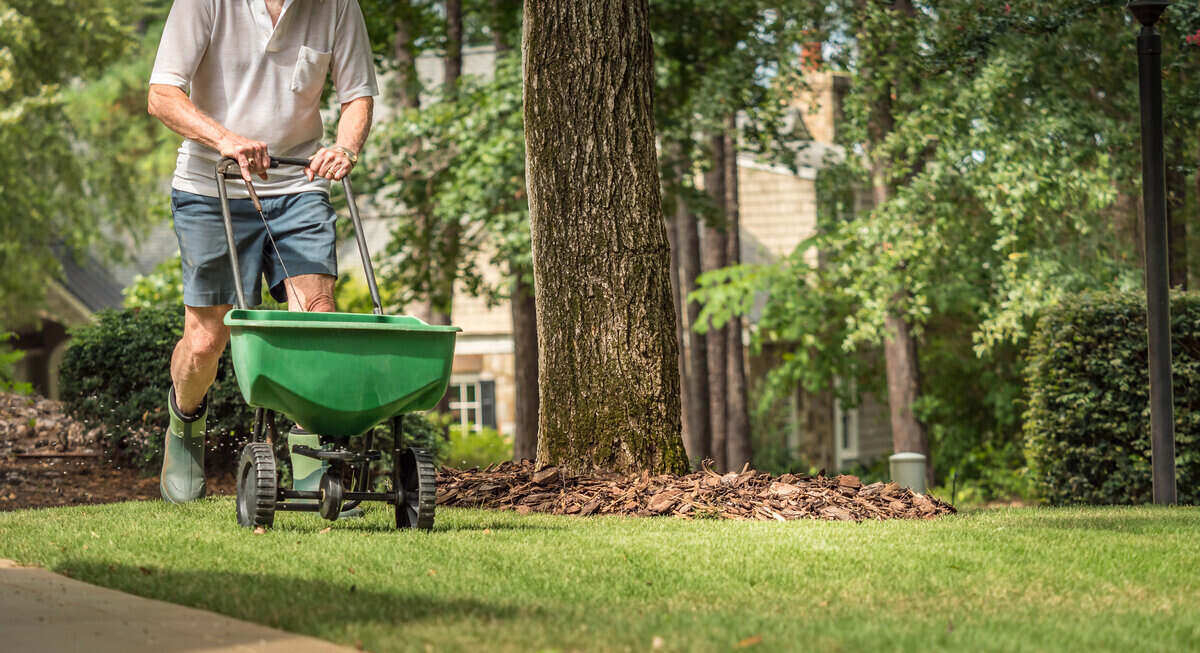
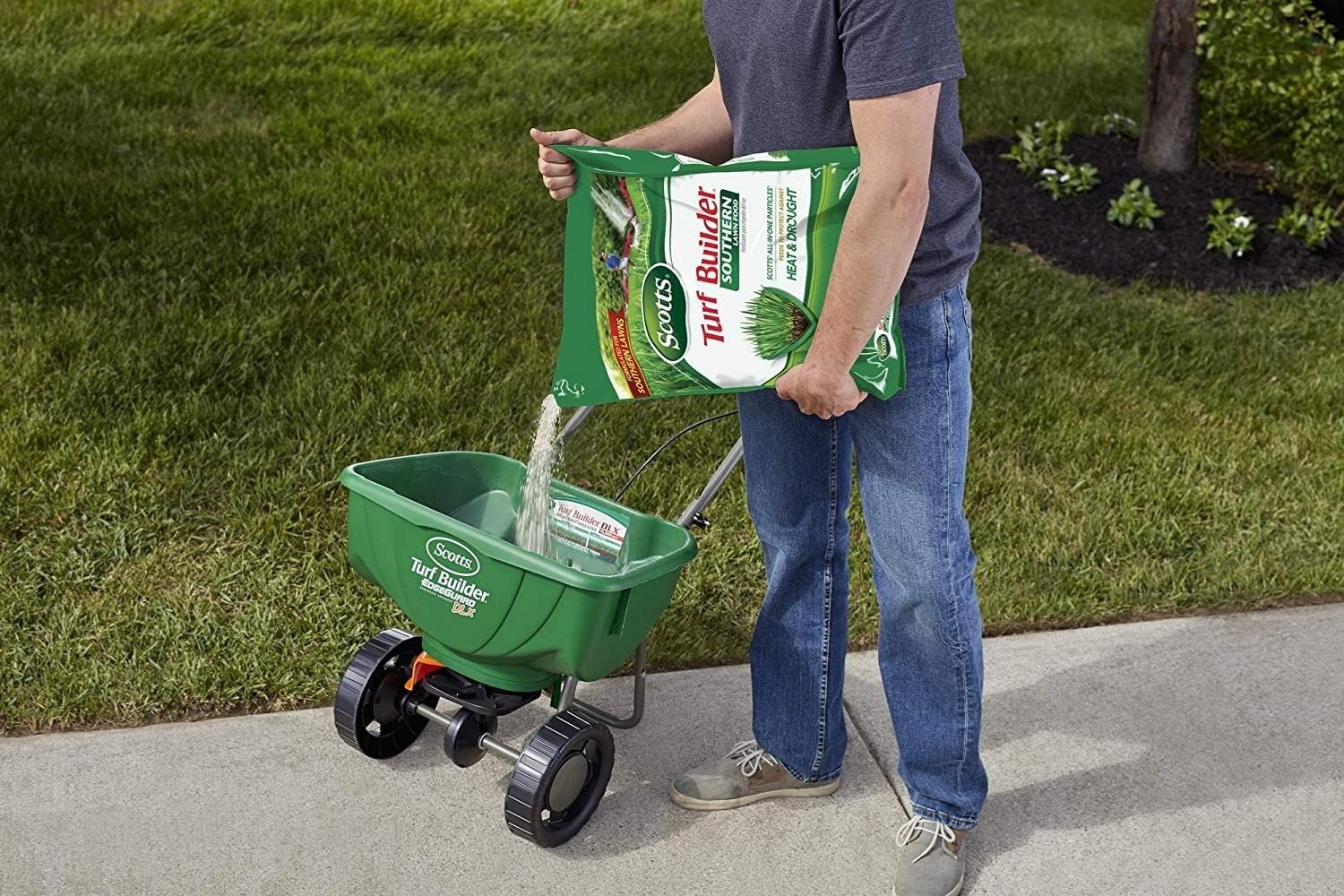
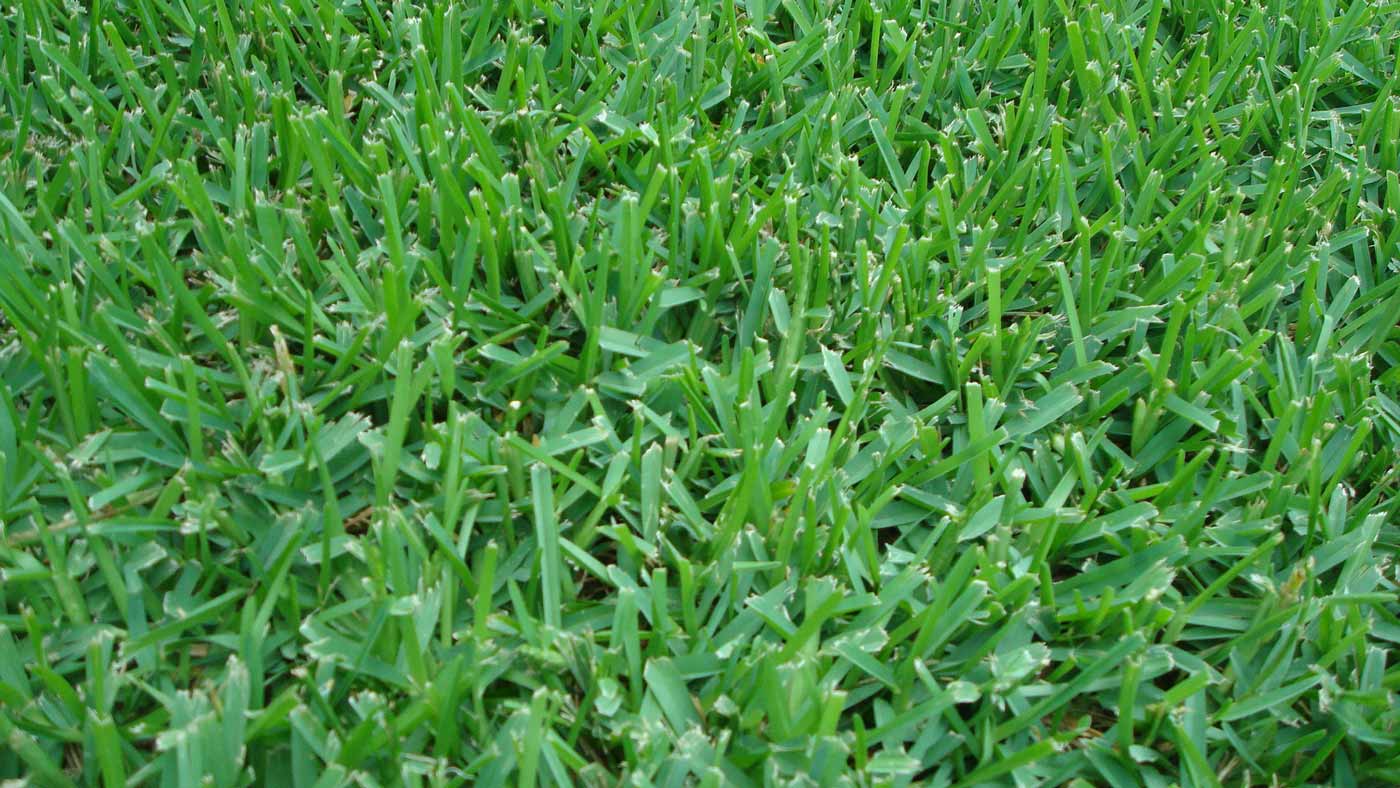
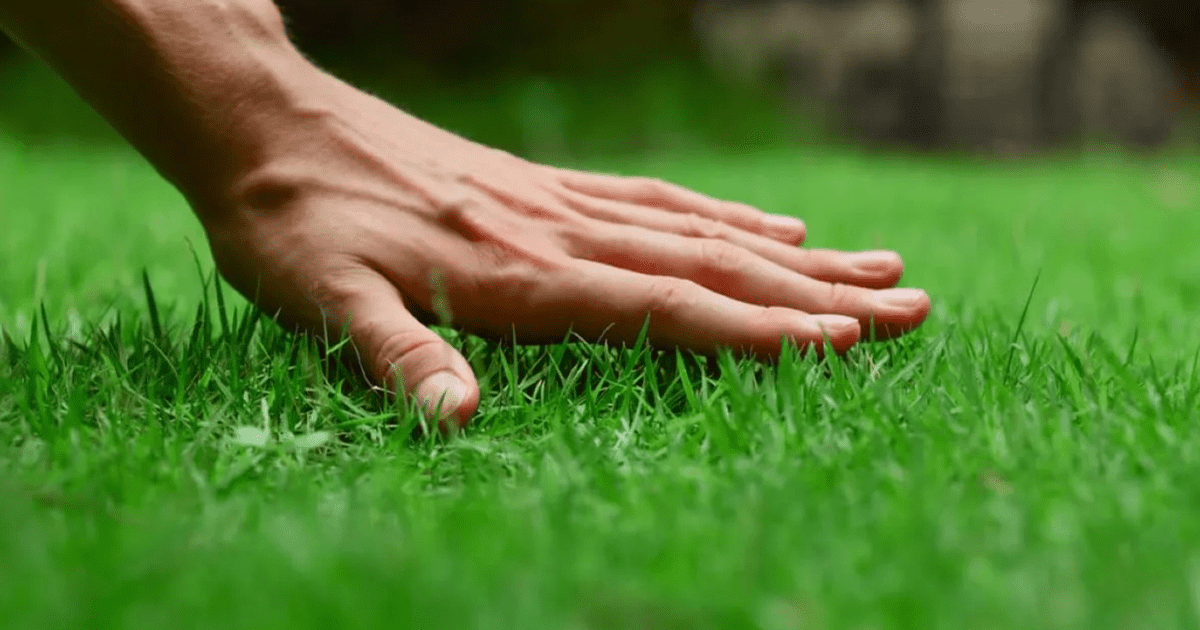
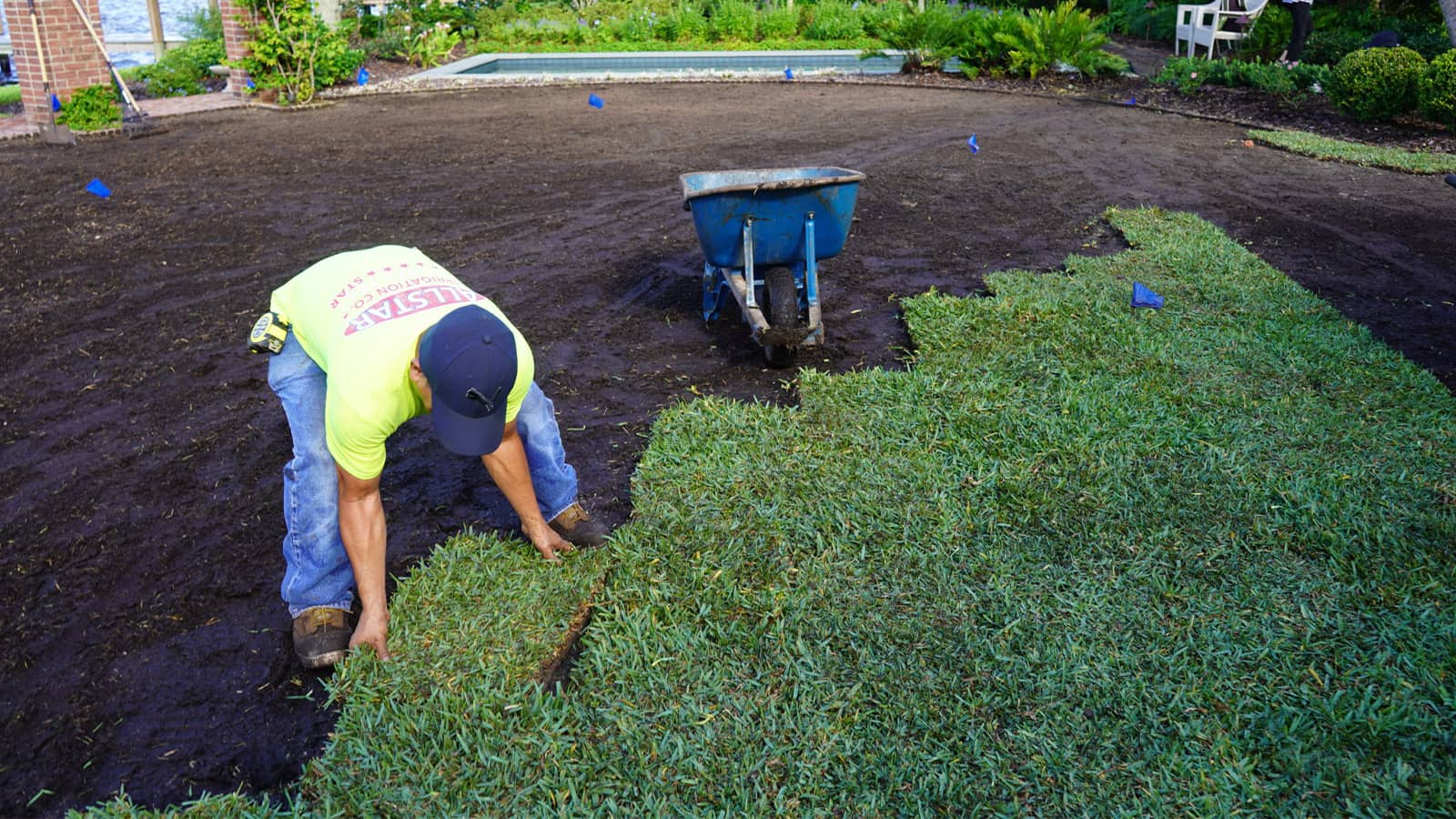
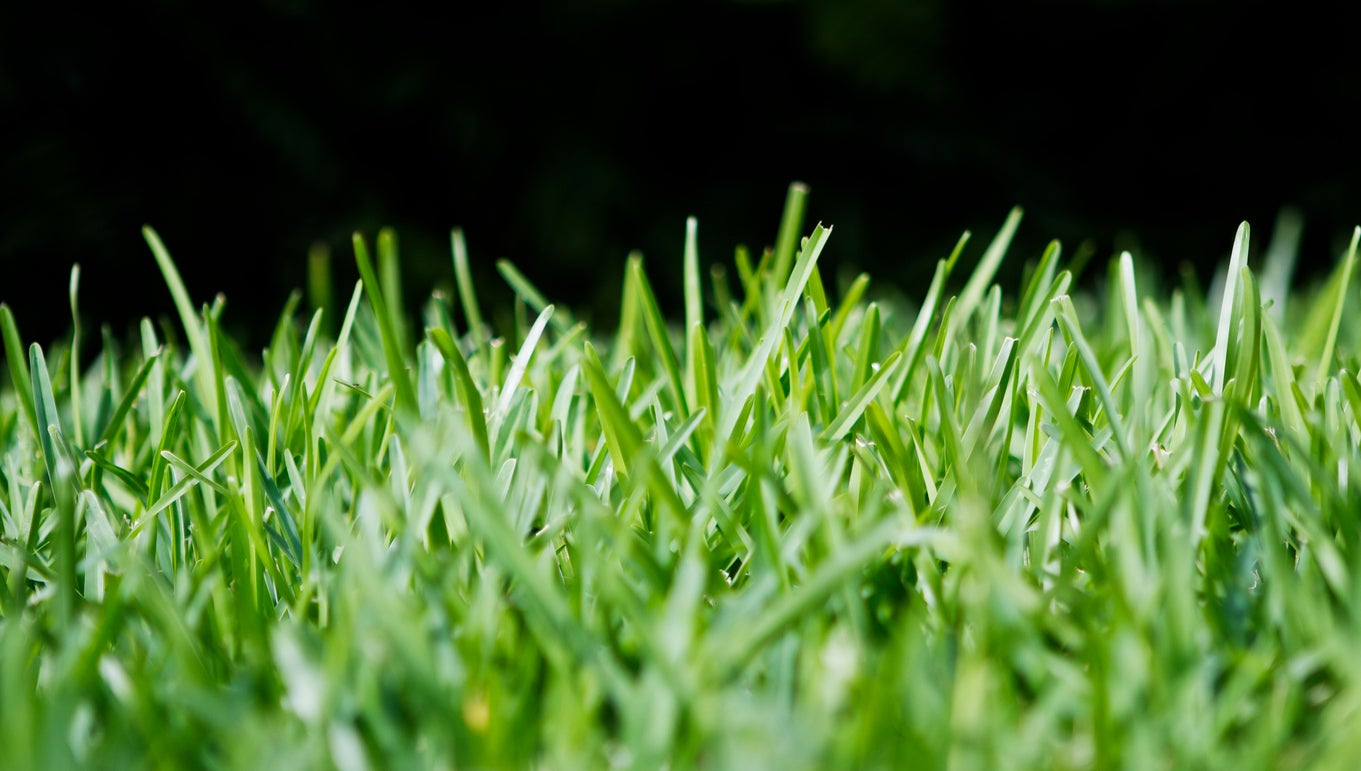
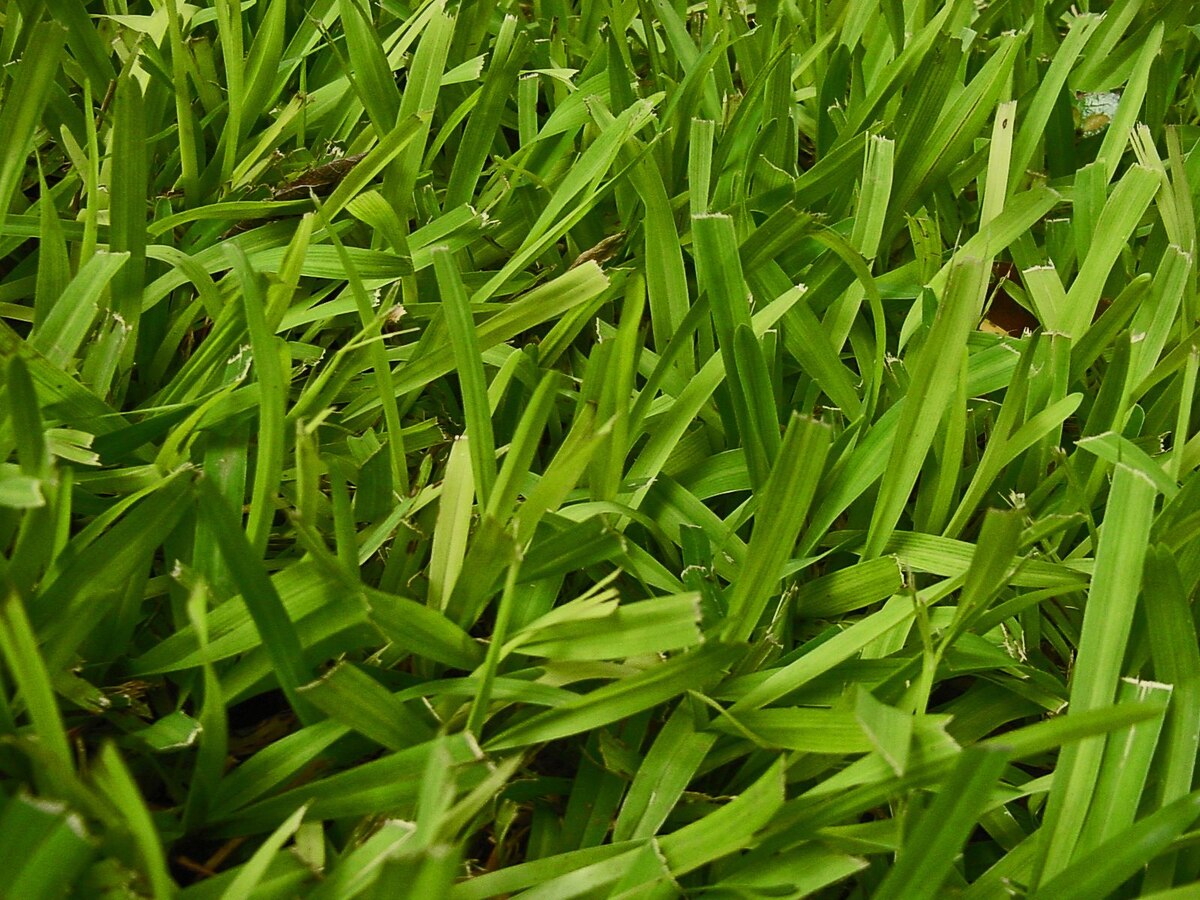
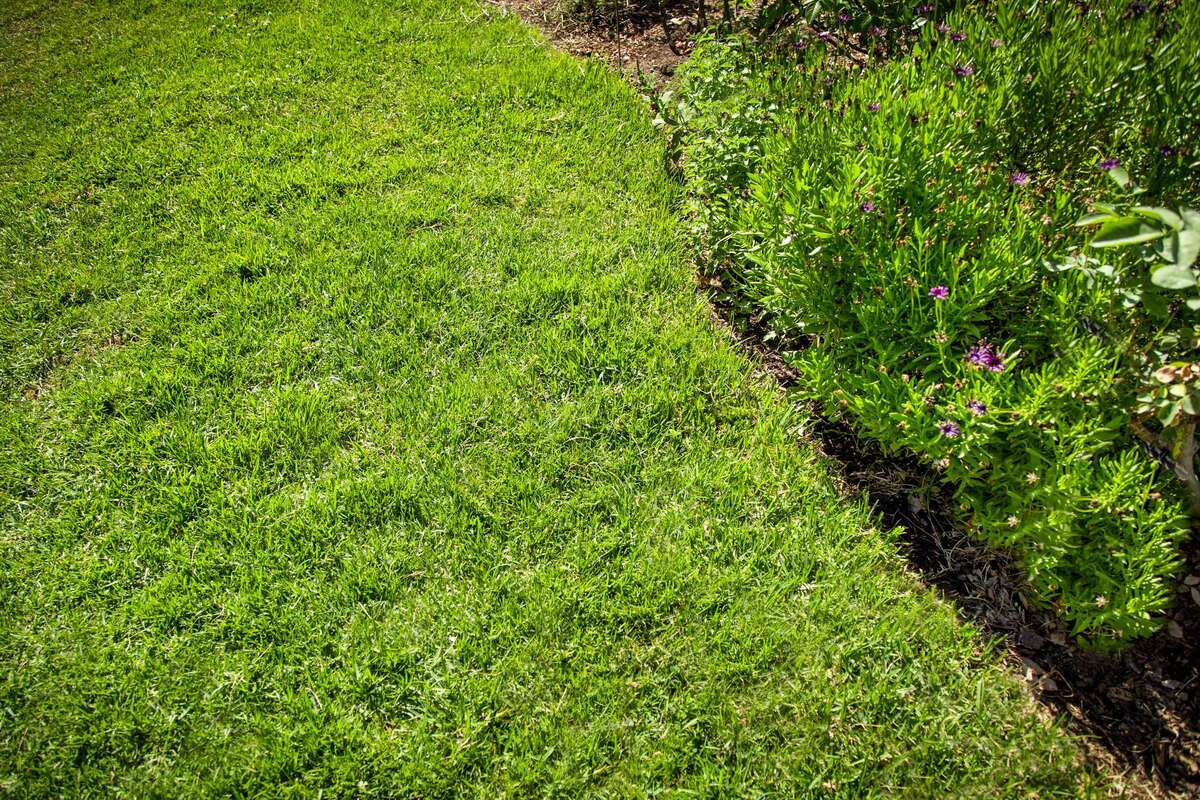
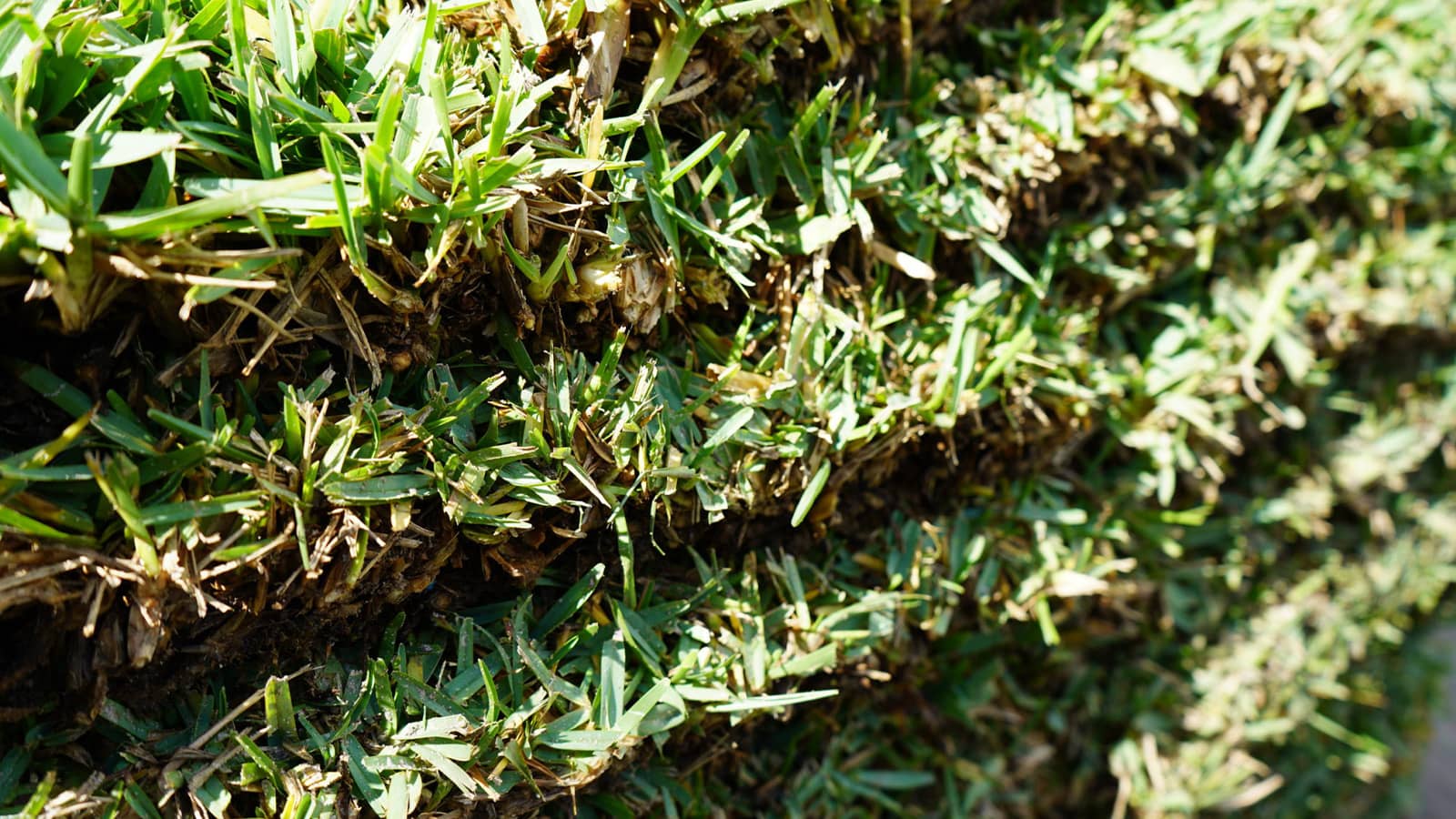
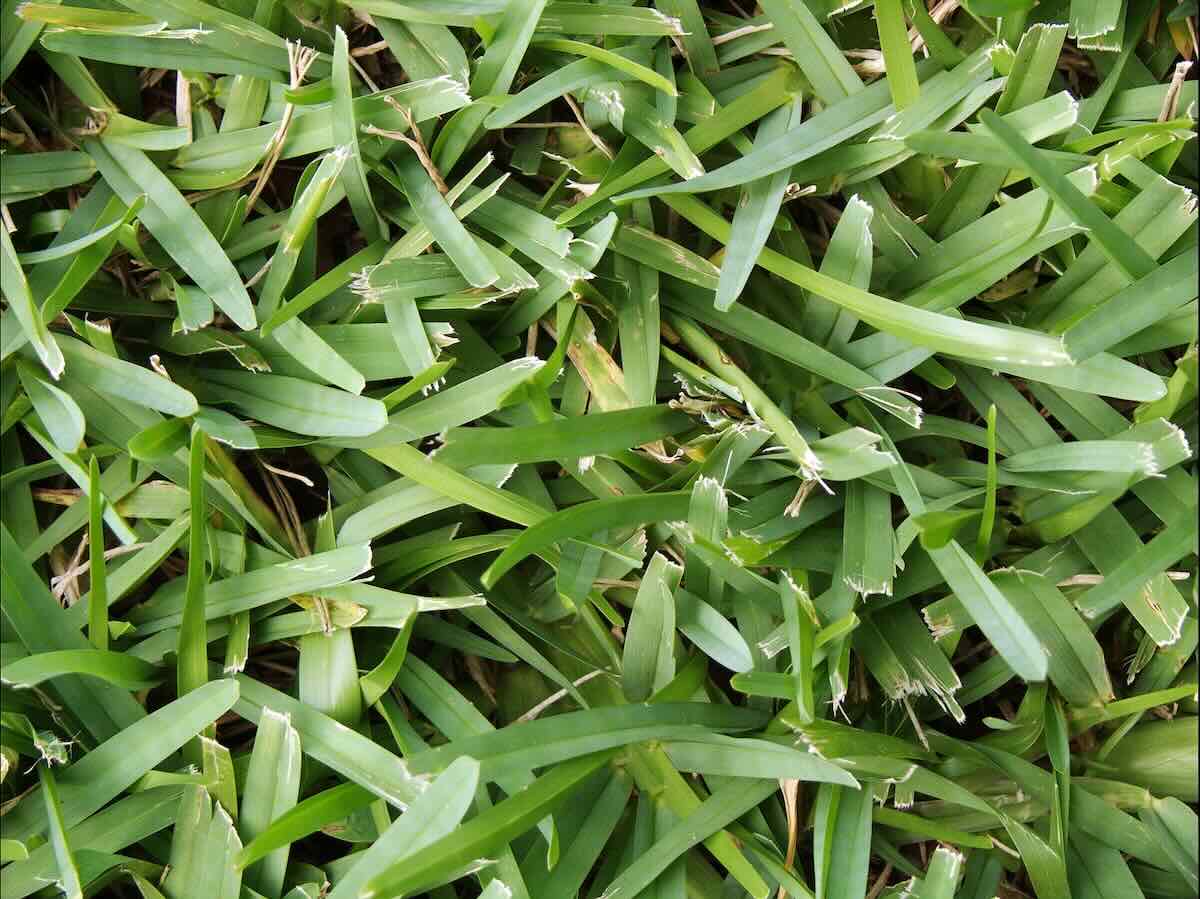
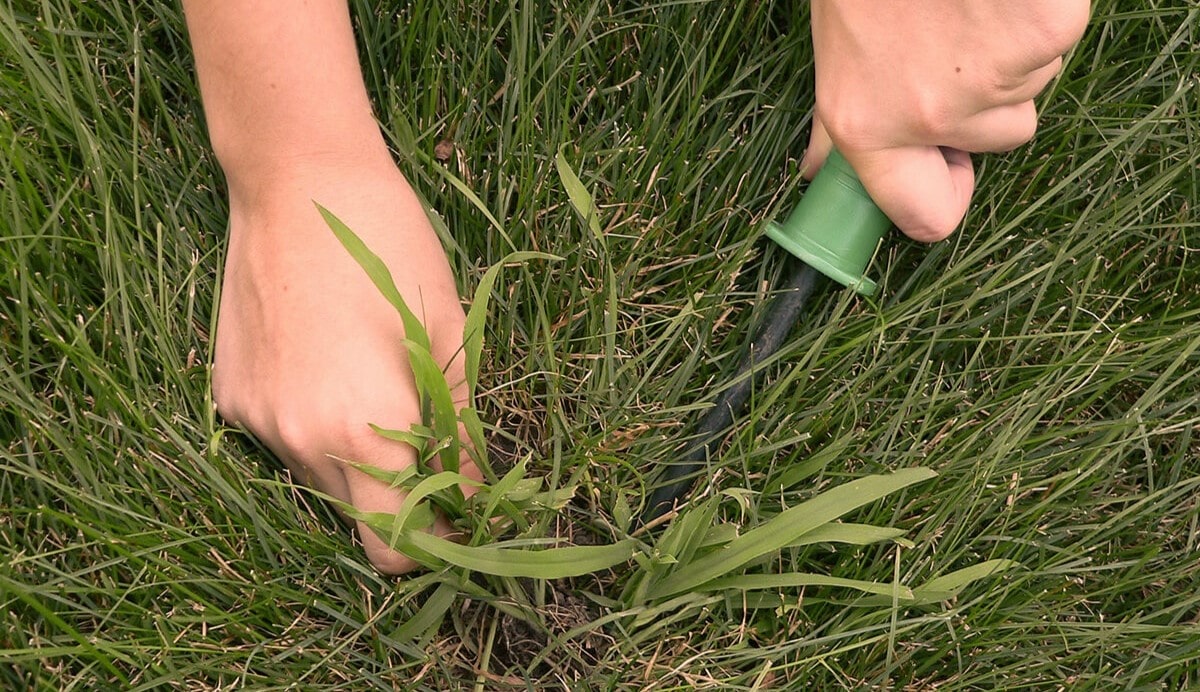
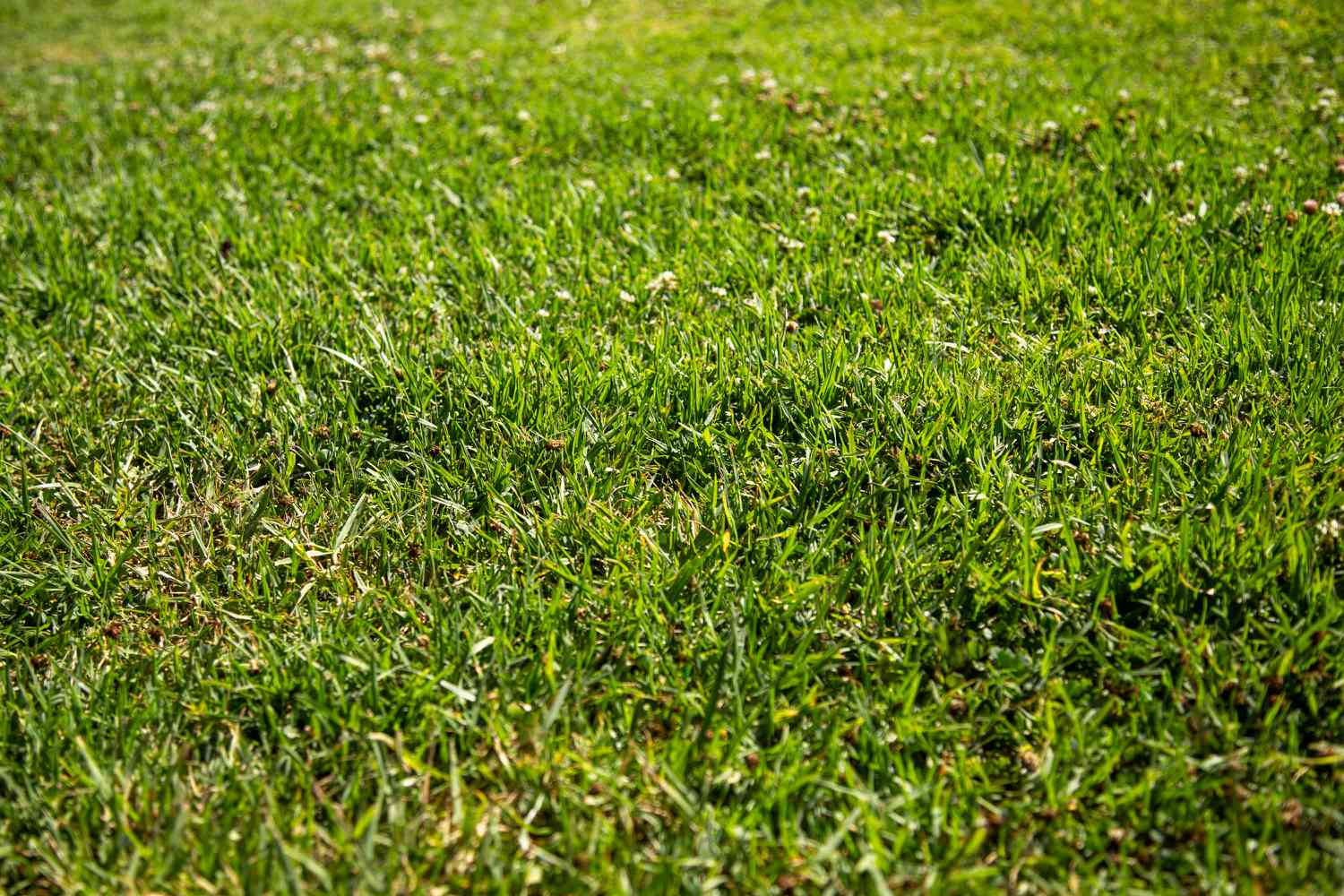
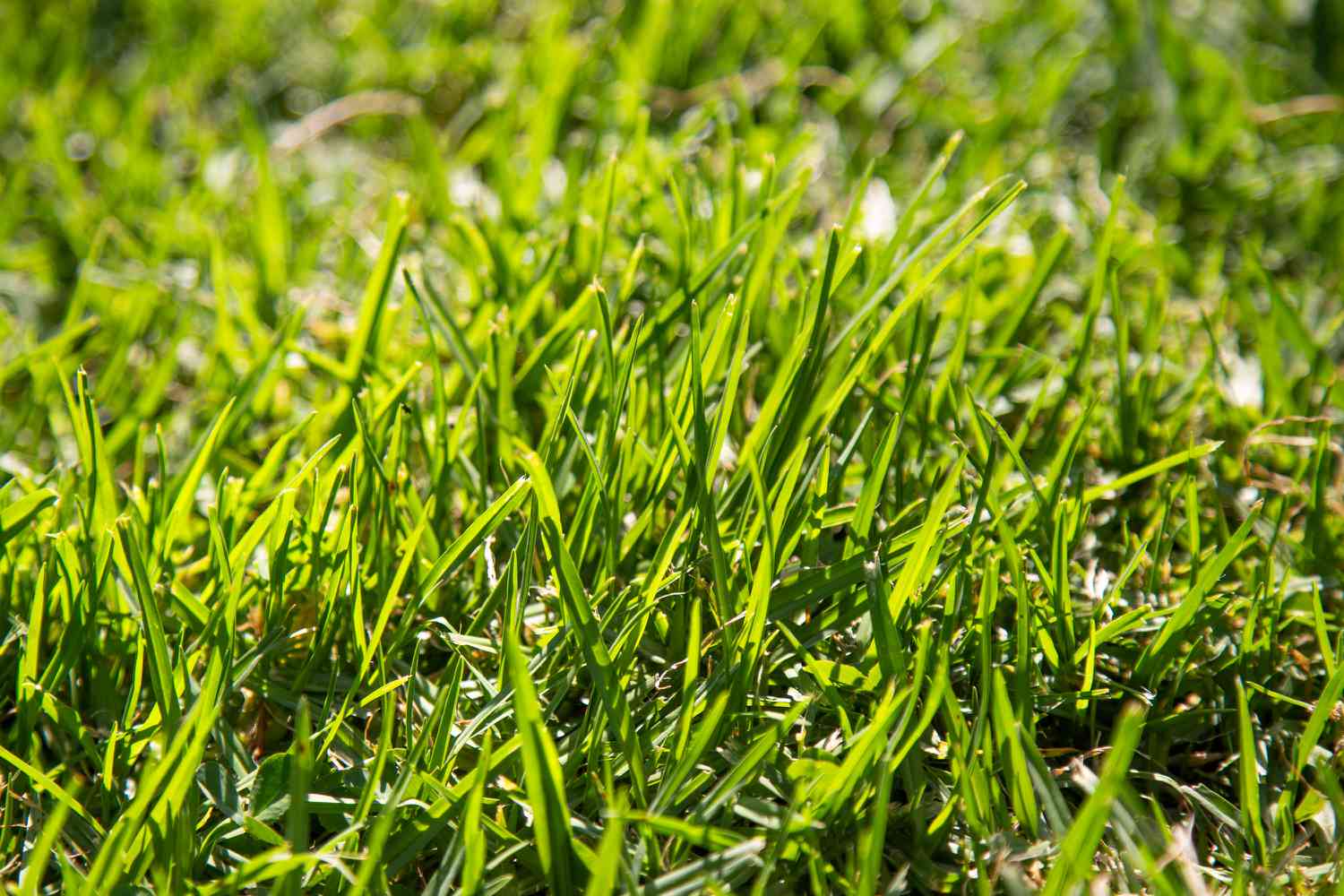
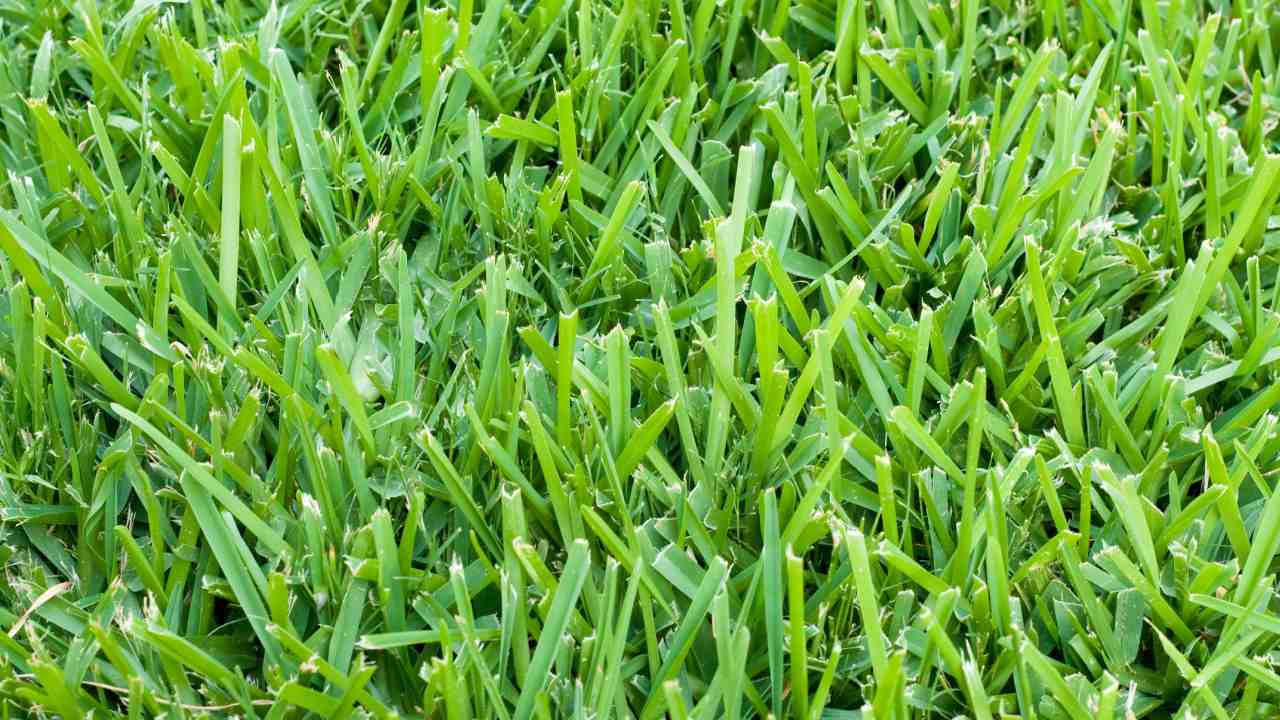

0 thoughts on “What Kind Of Fertilizer For St. Augustine Grass”